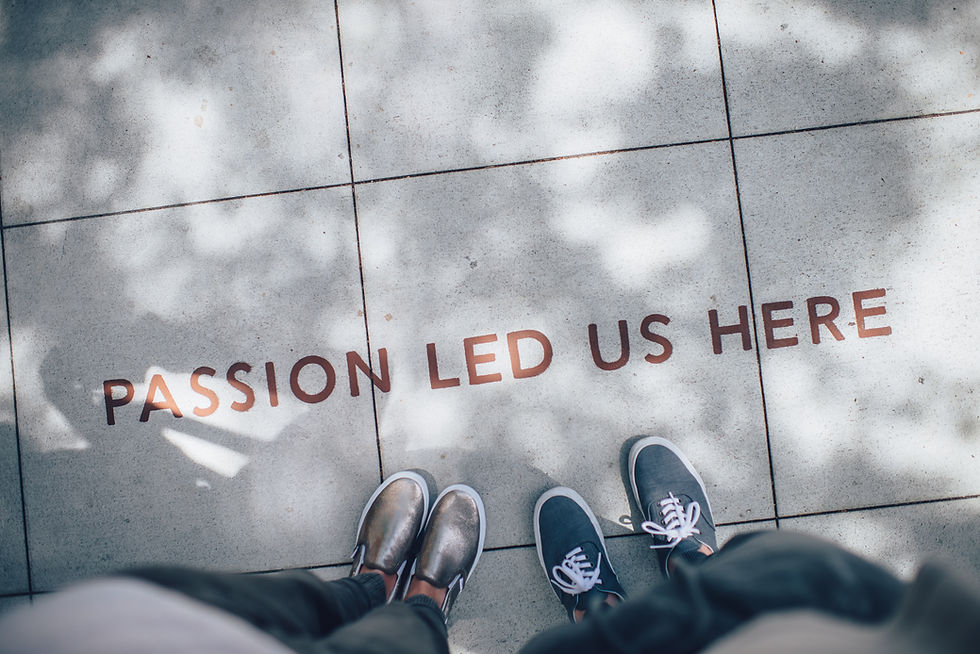Cheesecake Complete✔
- Shelby Hurst

- Feb 16, 2019
- 3 min read
After weeks of research, I finally did it. I made a cheesecake from scratch using only digital sources! Phew, I discovered through this entire process that baking cheesecake requires A LOT of patience. For those of you who are just joining me on this journey, this was for my Networked Learning project in my graduate course at Michigan State University. To follow the whole process, you can check out my first blog post, Cheesecake Research✔ and my second for a Cheesecake Update✔!
In her book, Digital and Media Literacy: Connecting Culture and Classroom (2011), Renee Hobbs outlined five communication competencies, access, analyze, create, reflect and act (p. 12). Over the past 4 weeks, I have accessed digital sources, researching and gathering resources on how to successfully bake cheesecake from scratch. Then, I analyzed the sources to decide what were easy to understand and follow. I found the most helpful to be YouTube and help forums, they were the go-to sources that I used in the preparation and baking process. After finding a recipe I wanted to follow and using the help forums to read the advice from others on how to get through the challenges I came across, I successfully created a cheesecake. Finally, I reflected on the process and acted by sharing it with all of you through a video! Within the entire process of this Networked Learning Project, I used all five of Renee Hobbs’ “essential dimensions of digital and media literacy” (p. 12).
In my video, Cheesecake Complete, you can see that I faced a couple of challenges due to lack of resources and lack of knowledge. This was when I was really wanting to call my dad and ask for help, but I forced myself to stick with the digital experience. In a help forum called, Help- No water bath, I found the answer to my problem of not having a pan large enough to fit my cheesecake pan. Many people had commented and gave helpful options for me to choose from. The Tasty 101 video I used to follow as a recipe gave alternatives that helped me through my lack of resources. For example, I used vanilla extract instead of the vanilla bean and Oreo cookies instead of graham crackers for the crust. Although I love to be able to call my dad for help, I was able to find the answers to all of my questions using digital sources. In the future, I think I will continue to use a balance of networked learning and face to face interaction.
I continued to reflect on this style of learning in the classroom and I began to think about what Thomas and Brown (2011) said in A new culture of learning: Cultivating the imagination for a world of constant change. Thomas and Brown explained that learning environments must embrace change. Students must learn to know where to find what they need to know, know how to make things that represent their learning across a range of contexts, and perhaps most importantly, know how to play (2011). Networked learning allows students to learn across a range of circumstances and allows them “play” time to make their own creative choices. Networked learning is 21st Century Learning!

Learning about networked learning has opened my eyes to the possibilities in my own classroom. My students use their Chromebooks and use digital sources every day, but after this project and learning about 21st Century Learning I want to make more meaningful technology and learning style choices. For example, I want to work on utilizing more hands-on activities, allowing more collaboration face to face or online and teaching my students how to increase their own professional learning communities online. As Tanya Menon (2017) said, “Why not instead think of yourself as an atom, bumping up against other atoms, maybe transferring energy with them, bonding with them a little and maybe creating something new on your travels through the social universe.” Overall, this project has increased my understanding of 21st Century Learning and the benefits of cultivating this type of learning environment for my students.
Resources:
Hobbs, R. (2011). Digital and media literacy: Connecting culture and classroom. Thousand Oaks, CA: Corwin/Sage.
SunnyD. (2007, November 11). Help--no water bath for my cheesecake - Home Cooking - Cheesecake. Retrieved February 5, 2019, from https://www.chowhound.com/post/water-bath-cheesecake-459509
Tasty. (2018, November 24). How to Make the Creamiest Cheesecake. Retrieved January 23, 2019, from https://www.youtube.com/watch?v=Ov4u0ARMWKQ
Thomas, D., & Brown, J. S. (2011). A new culture of learning: Cultivating the imagination for a world of constant change. Lexington, KY: CreateSpace.
Menon, T. (2017, March). The secret to great opportunities? The person you haven’t met. [video file]. Retrieved from https://www.ted.com/talks/tanya_menon_the_secret_to_great_opportunities_theperson_youhaven_t_met_yet





Comments